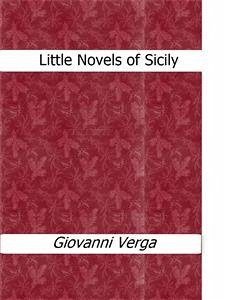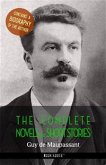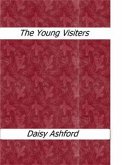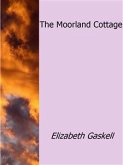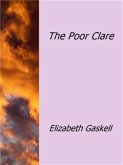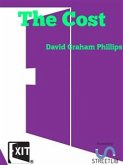Giovanni Carmelo Verga (2 September 1840 – 27 January 1922) was an Italian realist (Verismo) writer, best known for his depictions of life in his native Sicily, and especially for the short story (and later play) Cavalleria Rusticana and the novel I Malavoglia(The House by the Medlar Tree). This book is a description of Sicilian life: the class struggle between property owners and tenants, the relationship between men and the land, and the unsentimental, sometimes startlingly lyric evocation of the landscape. Just as Lawrence veers between loving and despising the industrial North and its people, so too Verga shifts between affection for and ironic detachment from the superstitious, uneducated, downtrodden working poor of Sicily.
Bitte wählen Sie Ihr Anliegen aus.
Rechnungen
Retourenschein anfordern
Bestellstatus
Storno

